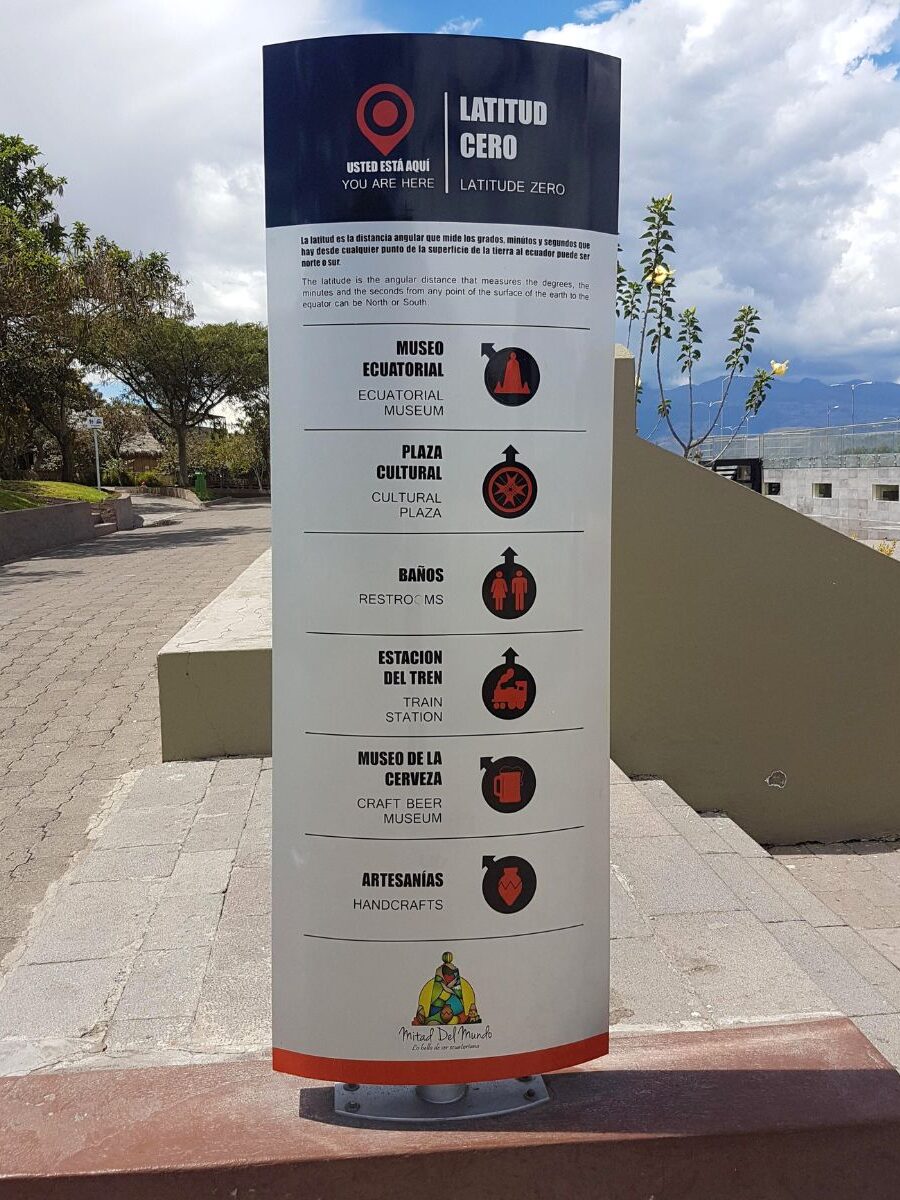My experiences running ultra marathons taught me that if I want to finish a big undertaking, I must focus on a precise and narrow goal.
Ultra marathons come with that as a built-in feature. From the outset, you know you must reach a specific place within a designated timeframe via a defined route and often there are interim checkpoints to support your success.
During November, I participated in National Novel Writing Month (NaNoWriMo). It’s an annual event in the USA where writers from all over the world gather online for 30 days to carve out 50,000 words.
Unlike ultra marathons, NaNoWriMo lacks a tight structure. While it gives you an endpoint (word count + date), the participant must conjure all the other details. You have to decide what those 50,000 words will be about, the plot points, writing style, editing guidelines and how you will organise your time to make it all happen.
I thought I had a solid game plan in place prior to beginning the challenge.
My personal goal for participating in NaNoWriMo was to complete the first draft of my book, Dare To Be Your Boldest. I then overlaid that goal with the challenge’s objective, which gave me a clear and specific objective for the month: to write a 50,000-word first draft of “Dare” by the end of November.
That seems quite precise and clear, doesn’t it? It also fulfils all the criteria of a SMART goal.
- My goal was SPECIFIC and clearly outlined the task at hand.
- It was also MEASURABLE; I would track my progress by word count.
- With good time management, it was ACHIEVABLE.
- It was highly RELEVANT to what I aim to achieve with Inside A Bold Mind.
- And finally, it was TIME-BOUND, with a fixed 30-day timeframe.
Then Ambiguity Popped In For A Chat
However, a few days into the challenge, my writing became torn between two components of the goal: reaching 50,000 words and completing a draft. I realised I could achieve one goal without attaining the other; I could write the word count without completing a first draft and vice versa.
The issue of goal ambiguity arose when I sat at my computer to write one morning. I realised I faced two options.
I could…
- Write about whatever came to mind and easily hit my word count.
OR - Stick tightly to the storyline I had planned at the risk of not reaching my word count.

We often think it’s the big decisions that bring a project unstuck, but the more minor choices can also throw the best-laid plans into chaos.
That’s because;
- They’re smaller and more difficult to spot ahead of time
- There are more of them
- They open the door to distraction
Being required to consider two options creates a small moment of hesitation opening a fracture in time for other thoughts to leak in, killing your momentum and guaranteeing a crash in productivity.
Think about times when you’ve hesitated about relatively minor decisions. The flow of your work is broken, and in that pause, you might flick over to social media, click on a baity headline, or head down a rabbit hole of “research”. Then, you crave another cup of tea/coffee and wander into the kitchen, where boundless distractions exist. Some seconds, minutes, or days later, you try to return to what you were doing, but it is hard work.
Remove Ambiguous Waypoints
Ambiguous waypoints require choosing between route A or B as your next step. Both routes may satisfy the stated goal while also leading to vastly different outcomes. They are more likely to emerge in projects that require out-of-the-box thinking and innovation over an extended period. These types of projects often have ambiguous waypoints because of the ever-evolving nature of the work.
Of course, you may have more than two options; there may be many. For instance, if you’re working in a team, each individual may see many routes forward.
The challenge I faced during NaNoWriMo reinforced the importance of limiting a project’s scope as much as possible by following either the SMART structure or Vision Goals. I do that as standard practice, and having that learning refreshed in a different context has been helpful.
As a project progresses, I continue to erase ambiguity and dial in my understanding of that goal by asking myself questions such as:
- What more have I learned about that goal?
- Can I narrow its definition further?
- What about the goal is making the way ahead unclear?
I then use the insights to finetune the goal further and adjust the scope accordingly.
When collaborating with a team, it is crucial to establish a process from the outset about how team members should address moments of uncertainty or hesitation.
Are team members empowered to work through the issues individually in real-time, or should they be managed during catch-up meetings to ensure consistency in approach?
None of this is hard work. The answers are often apparent; sometimes, we simply need to slow down for a few moments to ask them.
I used prioritisation to resolve my writing conundrum. I decided the 50,000-word target was the most crucial component because it led me into a writing habit I could use later to write another draft, when needed.
That clarity enabled the pace of my writing to increase substantially. The time it took me to write my daily target of 2000 words dropped from 120-150 minutes to 90-120 minutes. That’s around a 20% improvement in productivity.
As they say, a stitch in time saves nine. Or, in this instance, a stitch of real-time reflection might just save the project.



